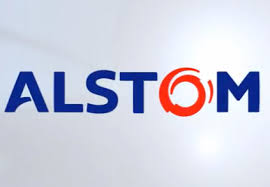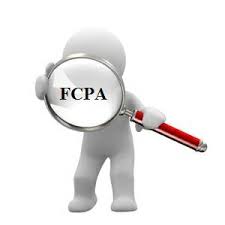The Alstom Case: Realities and Lessons Learned
 The old expression goes – “Do not break your arm patting yourself on the back” – but maybe I might just extend my arm a little with the Alstom settlement. Last year I predicted that the Alstom case would eclipse Siemens as the most significant FCPA enforcement action (at least until Wal-Mart). I was close.
The old expression goes – “Do not break your arm patting yourself on the back” – but maybe I might just extend my arm a little with the Alstom settlement. Last year I predicted that the Alstom case would eclipse Siemens as the most significant FCPA enforcement action (at least until Wal-Mart). I was close.
The Alstom case settled “quickly” in FCPA terms because of one overriding circumstance – GE wanted to buy Alstom. If not for this significant driving force, Alstom would still be under investigation. The rush to close the case by the end of the year probably reflected a requirement in GE’s purchase agreement with Alstom.
The Alstom resolution is not a case that reflects the Justice Department’s usual view of successor liability, and it would be a mistake to draw any general conclusions from the case. DOJ took comfort from one significant fact – GE taking over Alstom was one sure way to clean up Alstom. GE’s reputation for ethics and compliance is top-notch and GE had to commit to clean up Alstom because corruption had infected every aspect of Alstom’s operations.
GE’s planned takeover of Alstom was the most significant reason why DOJ did not impose a corporate monitor on Alstom as a result of its bribery violations. The World Bank has a monitor in place already but there would be no reason for the Justice Department to stand down other than the fact that GE was taking over the company.
From the charging and settlement documents, there are several significant lessons learned.
Alstom is another case in the FCPA’s history of a systemic breakdown in all internal compliance controls. Like Daimler, Siemens and other big cases, Alstom’s culture was bribery and not compliance or anti-bribery.
This systemic breakdown occurred for a number of reasons, most important of which was the significant and growing financial problems that Alstom was experiencing. Add to that the absence of any culture of compliance and you have the usual recipe for disaster. Interestingly, as pointed out in the FCPA Blog, three of the top 10 FCPA cases now involve French companies. You do the math and there has to be some connection between company culture and a country culture (consider also the BNP Paribas case and the complete lack of compliance surrounding economic sanctions).
In FCPA circles, Alstom’s failure to cooperate even after DOJ launched its investigation was legendary. Alstom ignored grand jury subpoenas for the production of documents, and generally was so dysfunctional that no one could bring leadership to the reality table. But for GE pushing Alstom to resolve the case to make way for GE’s acquisition, Alstom would still be trying to resolve this case.
DOJ’s prosecution of Alstom individuals was partially motivated by the need to send a message to Alstom. DOJ was going to unravel each conspiracy in each country and bring individuals to justice. It would have been a massive project but DOJ already had success in Indonesia and was going to turn to other countries, if necessary.
 Aside from resistance to cooperation, Alstom had the usual obstruction and cover up activities, even involving US officials and employees who tried to obfuscate an otherwise open and notorious bribery culture.
Aside from resistance to cooperation, Alstom had the usual obstruction and cover up activities, even involving US officials and employees who tried to obfuscate an otherwise open and notorious bribery culture.
Going back to lessons learned, Alstom demonstrates once again what can happen when the spigot of money from internal sources is free flowing without any supervision. Third parties were approved with no regard for any due diligence considerations – each involved unusual payment arrangements and lack of expertise in the power or construction industry.
Alstom will continue as another poster child in the list of systemic cases – it’s position will only be threatened when the Wal-Mart case is eventually resolved.
















1 Response
[…] blog explains how chief compliance officers can use the OECD foreign bribery report. Mike Volkov takes lessons from the Alstom case. Tom Fox focuses on compliance staffing. The FCPAProfessor notes that an FCPA […]